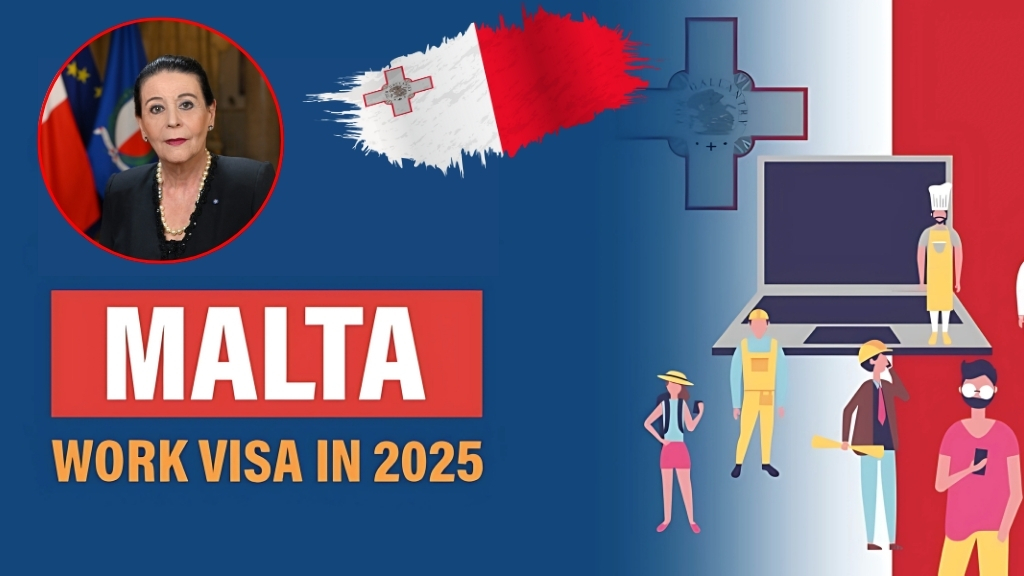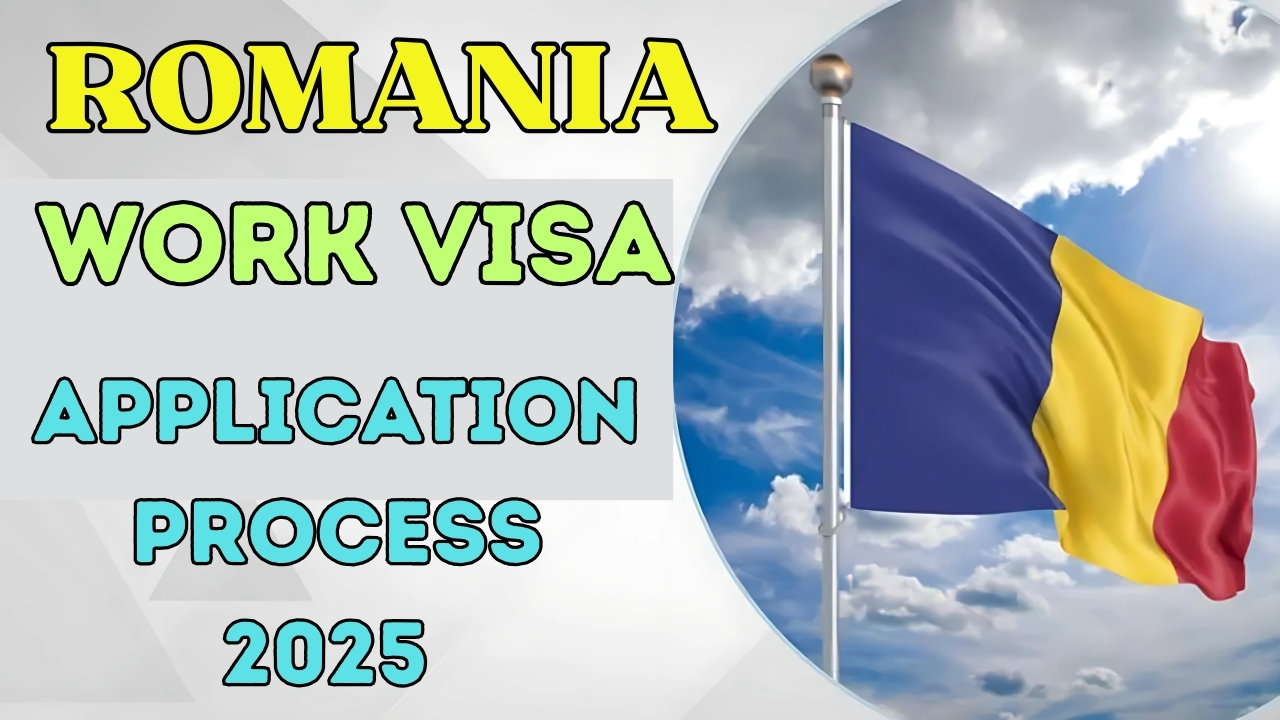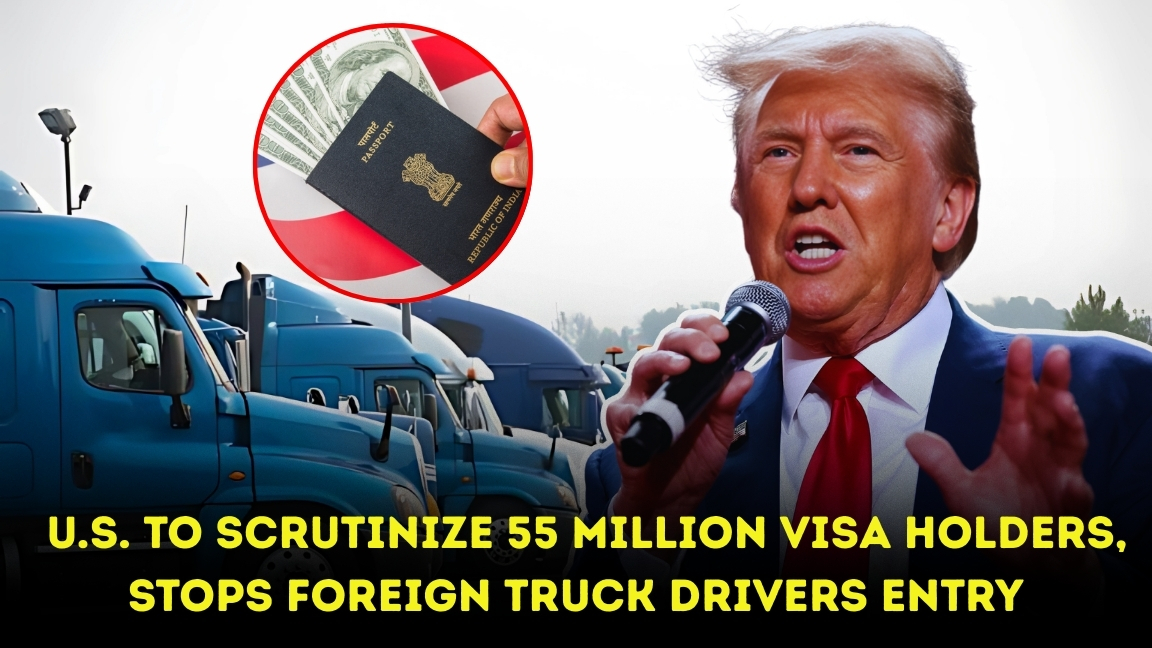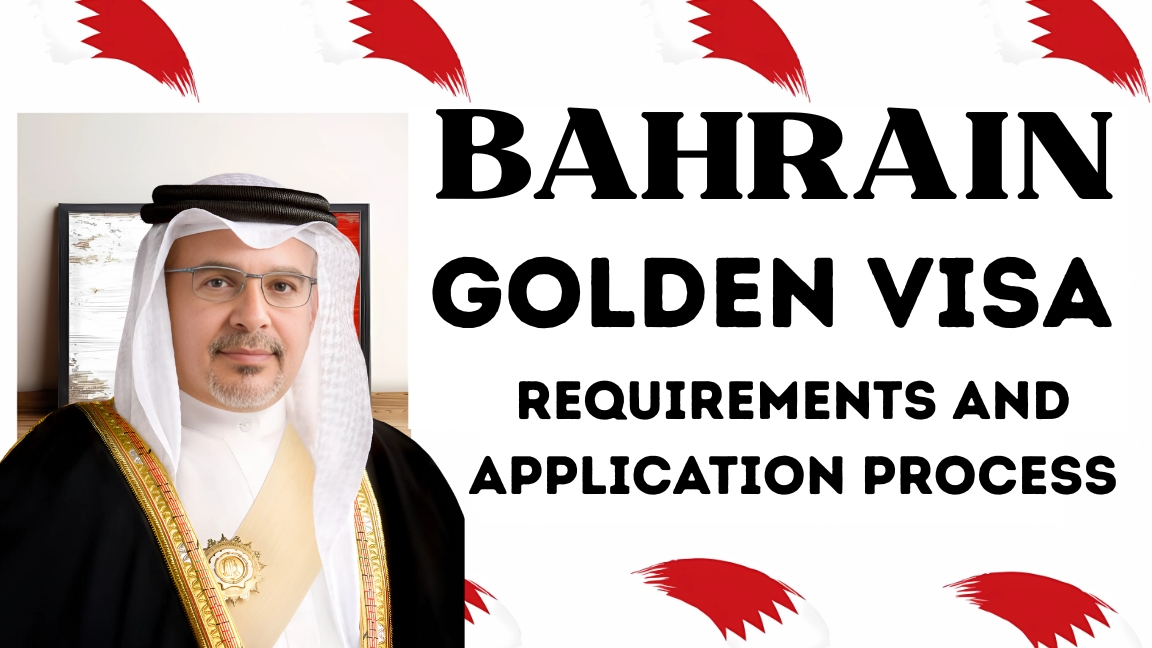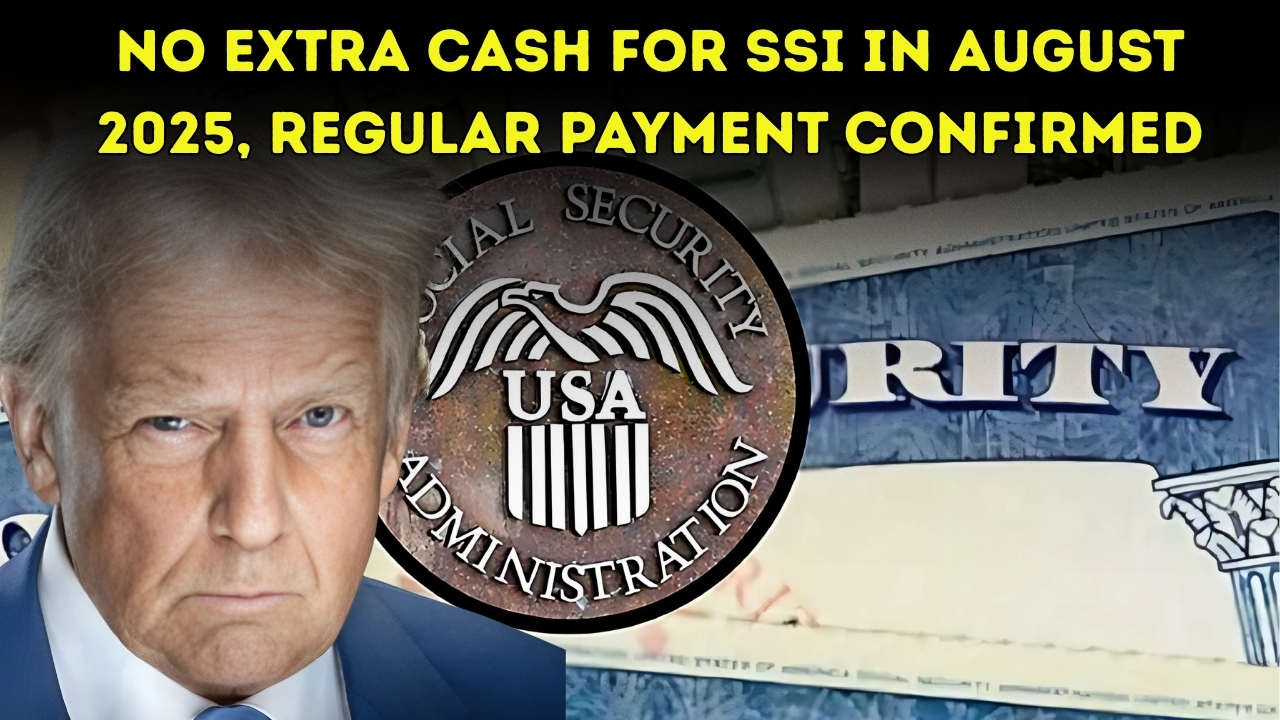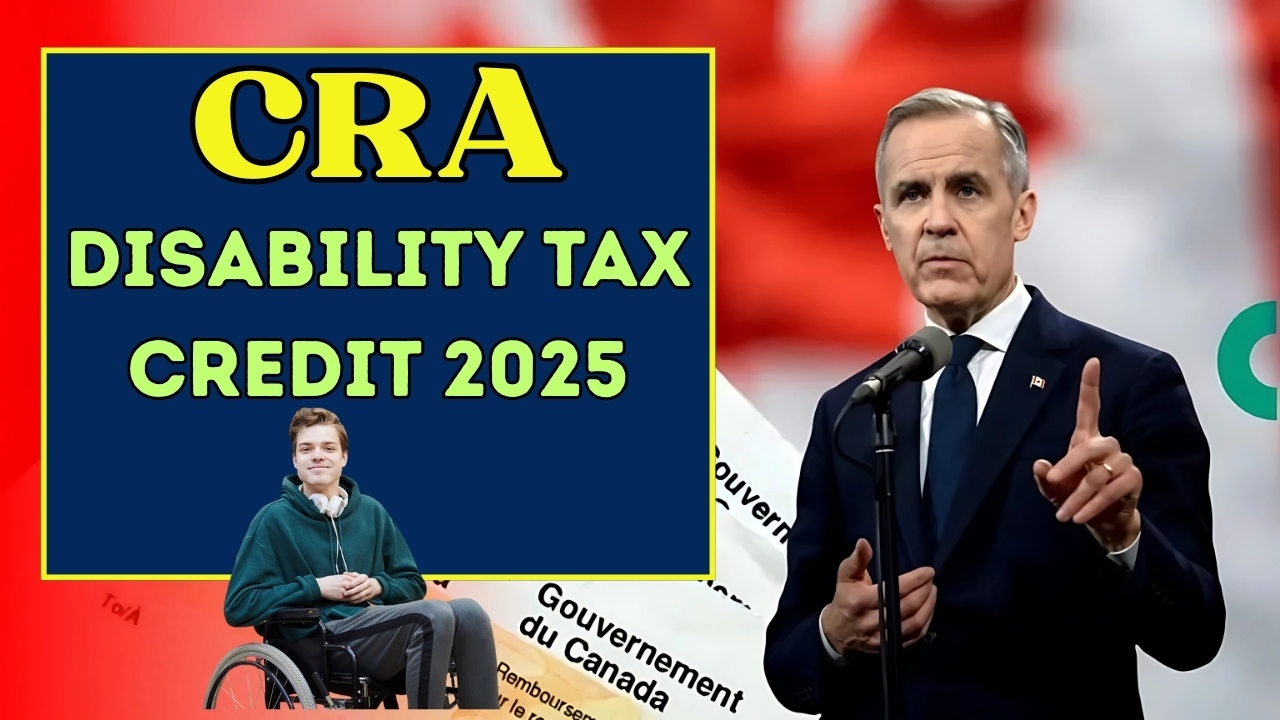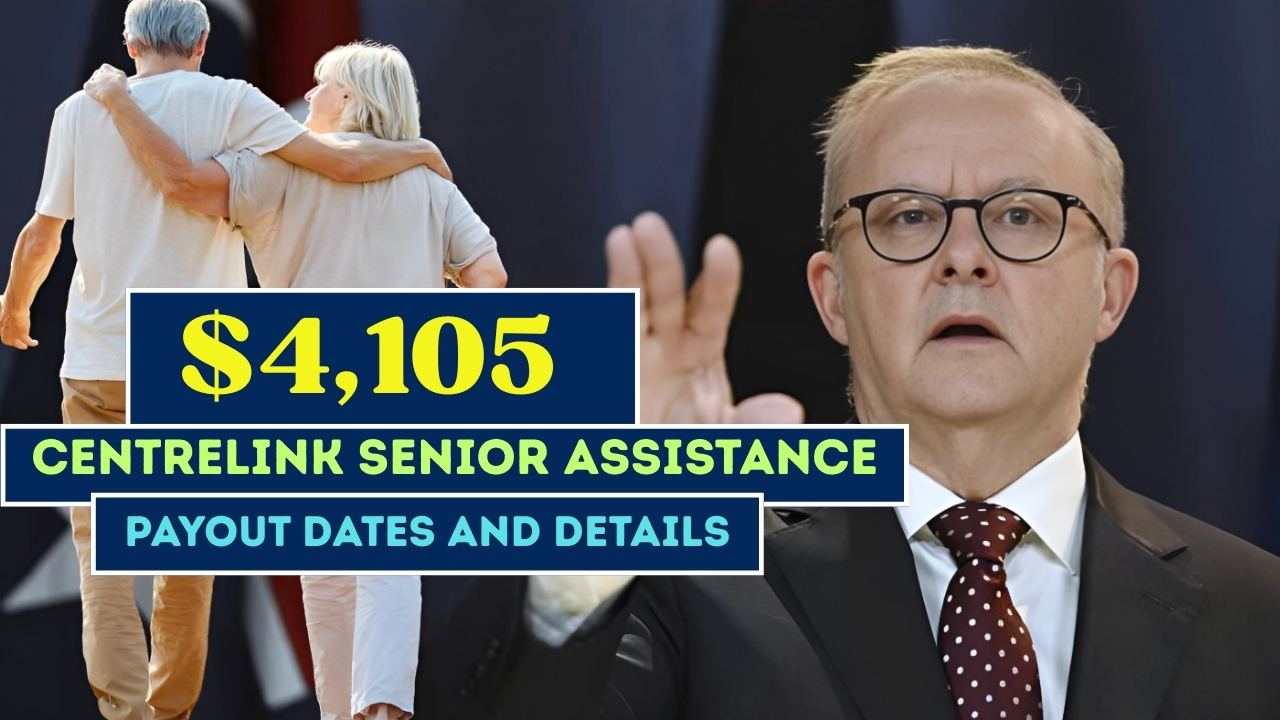Malta is buzzing with job openings but still short on workers. In 2025, its IT, finance, healthcare, and tourism sectors cannot find enough locals to fill key roles. Ministerial staff keep saying that the call for trained talent from overseas keeps getting louder. That is why Malta is updating its immigration rules. The new system is designed to speed things along, but it still checks every candidate against serious safety and skills standards.
Who gets the Malta work visa? The answer is simple. The visa is the Malta National Visa, or D Visa, aimed at workers from outside the EU. It lands in your hands only if you already have a job offer from a Maltese firm. To qualify, you must:
Show a signed job contract with a Maltese employer.
Share papers that prove either your qualifications or enough on-the-job experience.
Present proof of health insurance that works on Maltese soil.
Keep a spotless criminal record at home and abroad.
EU and EEA citizens can move to Malta and work without any fuss over a visa, but if you’re not from these areas you’ll have to complete a visa process first. Selling a a holiday that never ends makes it worthwhile, doesn’t it?
How to Get Your Maltese Work Visa—A Quick Guide
Getting a work visa to Malta usually follows these steps:
- Bump it it in the inbox: Land a job offer from a Maltese company that’s allowed to hire foreign workers. Only then can you start the visa dance.
- Count the rubber stamps: Your new employer helps you file a “Single Work Permit” application with Identity Malta. That permit works like three stamps in one.
- Put together the puzzle: You’ll need to hand in some important papers—passport copies, the employment contract, proof that you have a roof over your head in Malta, and some recent pics.
- Say cheese: You might have to pop into a Maltese consulate to answer a few quick questions and do a fingerprint session.
- Wait a bit: Generally, the review takes around 4 to 6 weeks. Peak seasons can make it a little longer, so don’t plan your beach day the next day.
How Long It Lasts and What Comes Next
Most initial work permits in Malta are good for one year, linked to your job. If you keep your contract, it’ll get renewed once a year. Stick around for five years, and you might get a long-term residency privilege.
What Residents Love About Malta
Besides sun and sea, Malta eats sea food, so the island never runs out. The visa runs are easier, that’s important. The job scene is lively, the housing is bigger, the taxes are lower, the bars have karaoke, the neighbors speak diverse languages, and the winter never runs past the coat rack. Tides change, but Malta keeps workers happy long past the flight home.
For loads of people, it’s all about juggling career goals with being able to enjoy life on your own terms.
The new Malta Work Visa 2025 plan shows the Maltese government is still on a mission to roll out the welcome mat for skilled global talent. To keep the process fuss-free, folks should double-check their paperwork, keep an eye on the latest official notices, and team up with their employers—this way, nobody ends up waiting around longer than they have to.
